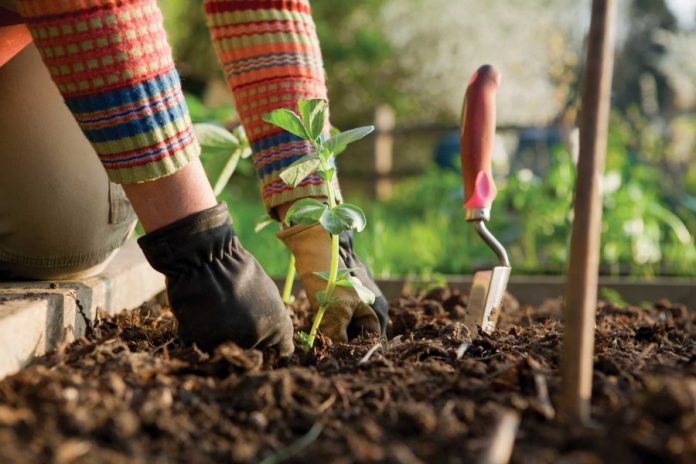 By September and early October North Texas’s second growing season of the year is well underway. Sow the following vegetable seeds, and expect success: radishes, beets, spinach, lettuces, Swiss chard, collards, kale, mustard, and turnips.
By September and early October North Texas’s second growing season of the year is well underway. Sow the following vegetable seeds, and expect success: radishes, beets, spinach, lettuces, Swiss chard, collards, kale, mustard, and turnips.
Break up the soil so seeds are under a smooth, fine blanket. Keep things moist because water must penetrate hard, dry little seed coats for germination to occur. Lettuces, broccoli, and Brussels sprouts transplants are for sale in the stores now.
Wild rabbits love tender young greens but avoid cats, so if the Easter Bunny visits your vegetable patch scatter spent kitty litter (minus solid wastes) around the perimeter.
Girlie grasshoppers lay their eggs at this time of the year until death or heavy frost occurs. This they do in the soil under unmowed grass and weeds. The eggs overwinter to produce next year’s pests that first eat their surroundings then your garden. Insecticides help short-term, but consistent cleanup is the long-term solution.
In October, flower afficionados indulge in the following bedding plants: pansies, pinks, dianthus, snapdragons, violas, and calendulas. If you like to throw seeds in the ground look for California and Oriental poppies, larkspurs, and of course bluebonnets which need to be ‘scarified’ or scratched up some before they will germinate.
Now is the time to divide and conquer perennials that will bloom next spring: daylilies, phlox, irises, dianthus, coreopsis, coneflowers, native columbines, and daisies.
Having said all that, the time is always right to think about improving the soil for next year. Cotton used to be king in Texas, and the legacy of that is depleted topsoil.
True topsoil is dark brown and crumbly because is consists of organic matter that is in the process of breaking down. True topsoil should be 3-6 inches deep, and hold water without becoming mucky goo that makes sucking noises when you try to lift a foot out of it.
A little sand improves soil drainage, and a little clay helps retain moisture, but go easy on both because water, sand, and clay equal concrete.
Ideal garden soil contains organic matter (compost), sand, and clay in proportions of 1:1:1. If you want to go heavy on something, choose organic matter which plant roots break down to get at the chemicals. Buy amendments or go rake them up in the woods after the leaves fall. If the weather is warm wear your cowboy boots in case toothsome snakes are still awake.
Alas, pH is always with us. It’s nearly impossible to tell by looking if a particular plot of earth is acidic or alkaline. Do your garden a favor, and have a soil test done. The cost is minimal, and the benefits are maximum. The County Extension agent will tell you how then help you read and understand the results.

















